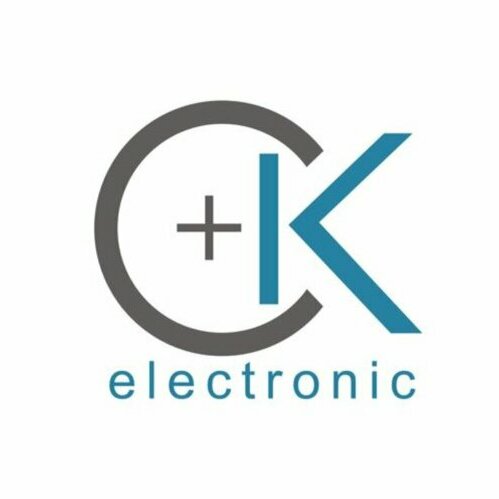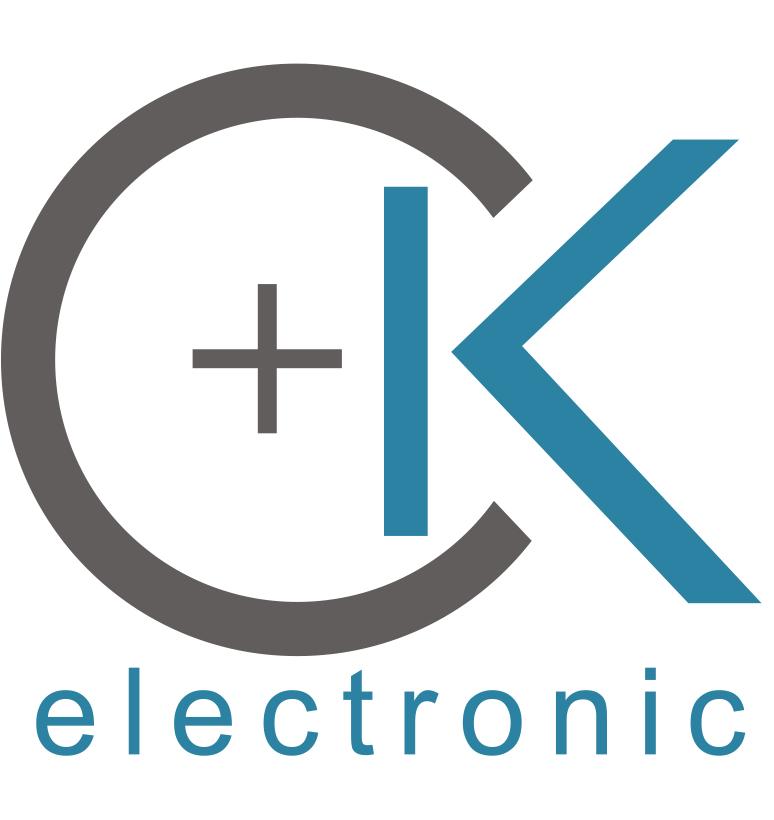The most important property of sun protection products is certainly, that they can absorb and reflect large amounts of the solar radiation- especially UV-, which is described quantitatively by the sun protection factor (SPF). Up to now, the SPF value given on the bottle of each sun protection product has to be determined by the generation of sunburns at the back of at least 10 volunteers. This is not only invasive but also time consuming, since volunteers have to come back after 24h for evaluation of the minimal dose which caused sunburn.
Since there is an obvious need for alternative methods, spectroscopic in vitro methods have been used for many years. However, they could not replace the invasive in vivo method so far because skin properties could not yet be completely simulated by the plastic plates used.
A new hybrid measurement principle, which combines spectroscopic in vivo and in vitro data (HDRS – hybrid diffuse reflectance spectroscopy), has been introduced by Ruvolo et al. and is currently applied by different groups. The ISO technical committee TC 217 (Cosmetics) is simultaneously working on a new ISO norm for the HDRS method.
Together with researchers of a clinic in Berlin, C+K currently develops a new system to measure UV reflectance in vivo directly on the skin, which uses state of the art UV-LED technology instead of traditional solar simulators and a sensitive spectroscopic system*. The UV-dose applied does not cause sunburn and the SPF is determined based on the measured light attenuation of the sunscreen. Since there is no need to wait for the sunburn formation, the method is also much faster. The system has been shown to successfully implement hybrid SPF measurements using the HDRS principle.
Protection against solar radiation is not the only task of sun protection products. They have to offer much more than that. This is where the “classic” C+K probes come into play. When skin is exposed to sun, it dries out quickly. An SPF product should therefore provide moisture, which is measured by the Corneometer®. Sunscreen products must also preserve the skin barrier (keywords: anti-irritating, anti-allergic, anti-comedogenic). Tewameter®, Skin-pH-meter, Sebumeter®, Mexameter®, Visiopor® are used for these assessments. Additionally to TEWL, the new Tewameter® TM Hex is able to determine the local heat balance of the skin separately for diffusion and evaporation cooling, offering interesting research approaches in the development of sun protection products. Last but not least, UV radiation is one of skin’s major aging factors: Therefore, the renowned Cutometer® device (standard measuring principle for determining skin elasticity) and the flexible Visioscan® characterizing skin topography have been used for decades in the field of sun protection development.
All these measurement methods ensure that an SPF product becomes what it is – a true and complex multi-talent in protecting and nourishing the skin.
*This work was (partially) supported by the German Federal Ministry of Education and Research (BMBF) within the Advanced UV for Life.
Read the complete article: FOCUS#2 Solar Testing – Skinobs










 Follow us on Linkedin!
Follow us on Linkedin!
You must be logged in to post a comment.